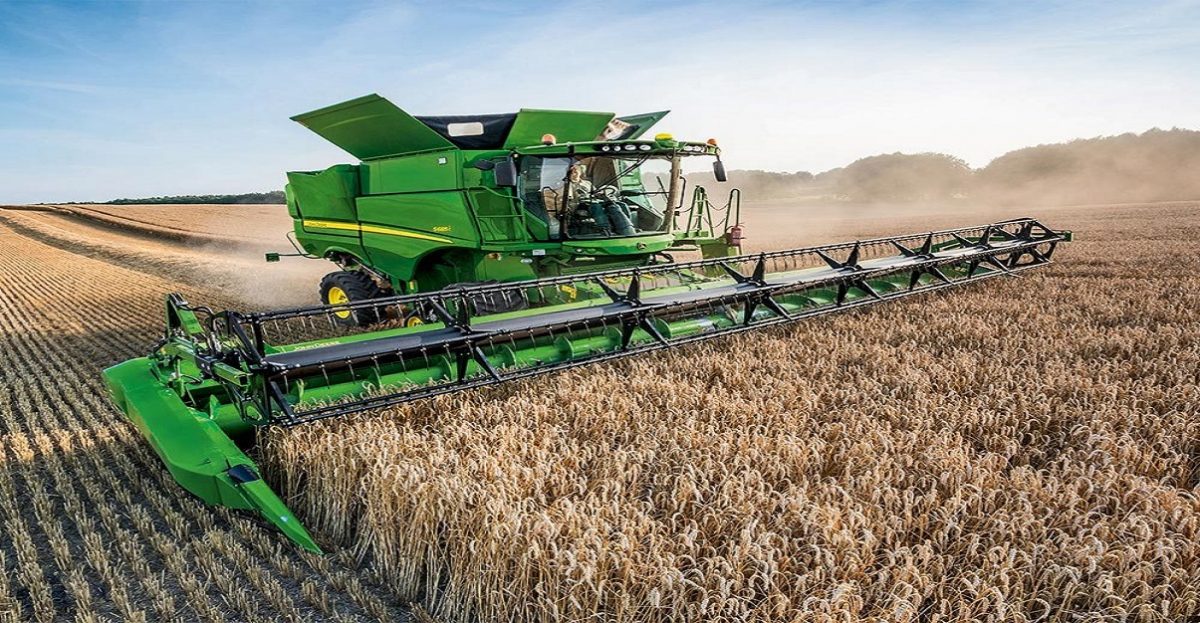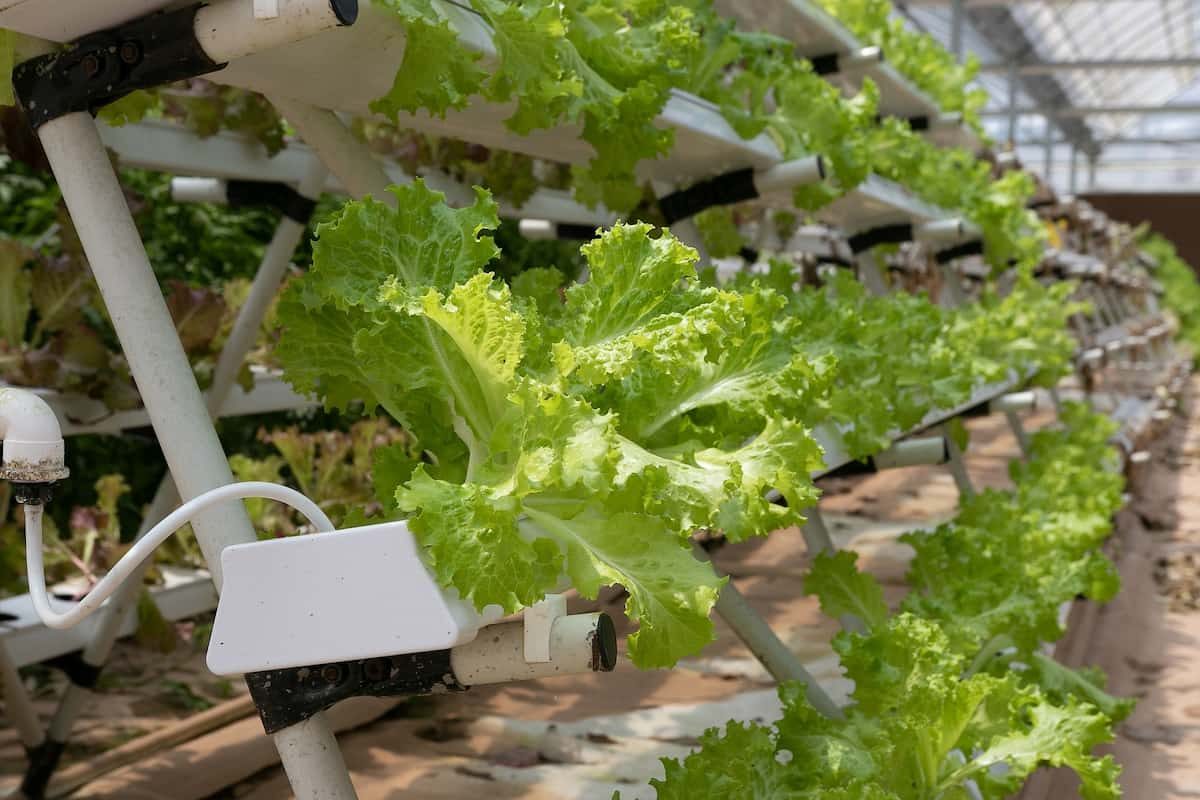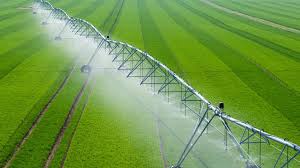The global regenerative agriculture market is anticipated to grow at a substantial CAGR of 14.10% in the upcoming years. The global regenerative agriculture industry was estimated to be worth USD 7192.4 million in 2021 and was expected to be worth USD 15870.39 million by 2028.In recent years, the agricultural sector has witnessed a transformative shift towards sustainable practices aimed at restoring soil health, enhancing biodiversity, and mitigating climate change. Central to this shift is regenerative agriculture, an innovative approach that goes beyond sustainable farming to actively improve and regenerate ecosystems. The regenerative agriculture market is rapidly gaining traction as consumers, policymakers, and businesses increasingly recognize its potential to revolutionize food production and environmental stewardship.
Browse the full report at https://www.credenceresearch.com/report/regenerative-agriculture-market
Understanding Regenerative Agriculture
Regenerative agriculture encompasses a variety of farming practices designed to enhance soil health, increase biodiversity, improve water cycles, and strengthen the resilience of agricultural systems. Key practices include no-till farming, cover cropping, agroforestry, holistic planned grazing, and the integration of livestock and cropping systems. These methods work synergistically to rebuild organic matter in soil, sequester carbon, and create more resilient agricultural ecosystems.
Market Drivers
Several factors are driving the growth of the regenerative agriculture market. Firstly, there is a growing consumer demand for sustainably produced food. Modern consumers are increasingly aware of the environmental and health impacts of their food choices and are willing to pay a premium for products that are produced using regenerative practices. This trend is reflected in the rise of certifications and labels that highlight regenerative practices, such as the Regenerative Organic Certification (ROC).
Secondly, the urgent need to address climate change is propelling the adoption of regenerative agriculture. Traditional agricultural practices are significant contributors to greenhouse gas emissions, whereas regenerative methods can transform farms into carbon sinks. By sequestering carbon in the soil, regenerative agriculture helps mitigate climate change, a benefit that has caught the attention of policymakers and environmental organizations.
Moreover, there is an economic incentive for farmers. Regenerative practices often lead to improved soil health, which enhances crop yields and reduces dependency on chemical inputs. Over time, this can result in lower costs and higher profitability for farmers, making regenerative agriculture an attractive proposition.
Market Challenges
Despite its benefits, the regenerative agriculture market faces several challenges. One of the primary obstacles is the lack of standardized definitions and metrics. While there are various certifications and guidelines, the lack of a unified framework can create confusion and inconsistency. This issue complicates efforts to scale regenerative practices and gain widespread consumer trust.
Additionally, transitioning to regenerative agriculture requires significant changes in farming practices, which can be daunting for farmers. The initial investment in new equipment, training, and cover crops can be a barrier, particularly for small-scale farmers. There is also a knowledge gap, as many farmers are unfamiliar with regenerative techniques and require education and support to make the transition successfully.
Market Opportunities
Despite these challenges, the regenerative agriculture market presents numerous opportunities. Technological advancements, such as precision agriculture and soil health monitoring tools, can support the implementation of regenerative practices. These technologies enable farmers to optimize their practices, monitor soil health in real-time, and make data-driven decisions that enhance productivity and sustainability.
The increasing involvement of large corporations also provides a significant boost. Companies like General Mills, Danone, and Nestlé have committed to incorporating regenerative practices into their supply chains, creating a ripple effect throughout the agricultural sector. These corporate commitments not only drive demand for regenerative products but also provide financial support and resources to farmers willing to make the transition.
The Future of Regenerative Agriculture
The future of regenerative agriculture looks promising as the movement gains momentum globally. Policymakers are starting to recognize the potential of regenerative agriculture to achieve climate and sustainability goals, leading to supportive policies and incentives. Investment in research and development is also increasing, helping to refine regenerative techniques and prove their efficacy on a larger scale.
As awareness continues to grow, so will the market for regenerative products. Consumers are becoming more discerning, seeking transparency and accountability in the food system. This shift in consumer behavior, combined with technological innovations and corporate commitments, will drive the expansion of the regenerative agriculture market.
Key Players:
- Alter Eco Americas, Inc.,
- Bluebird Grain Farms
- Cargill, Inc.
- CIBO Technologies
- Continuum Ag
- Danone SA
- EcoFarm
- General Mills, Inc
- Grounded South Africa
- Nestlé S.A.
- New Life Tree Syrups
- RegenAG
- Regeneration Canada
- Soil Capital Ltd.
- White Oak Pastures.
Segmentation of Global Regenerative Agriculture Market-
Global Regenerative Agriculture Market – By Practice
- Aquaculture
- Holistic Planned Grazing
- Agroecology
- Agroforestry
- Biochar
- Pasture Cropping
- Silvopasture
- Others
Global Regenerative Agriculture Market – By Application
- Carbon Sequestration
- Nutrient Cycling
- Biodiversity
Global Regenerative Agriculture Market – By Region
- North America
- US.
- Canada
- Europe
- Germany
- France
- UK.
- Italy
- Spain
- Rest of Europe
- Asia Pacific
- China
- Japan
- India
- South Korea
- South-east Asia
- Rest of Asia Pacific
- Latin America
- Brazil
- Mexico
- Rest of Latin America
- Middle East & Africa
- GCC Countries
- South Africa
- Rest of Middle East and Africa
About Us:
Credence Research is committed to employee well-being and productivity. Following the COVID-19 pandemic, we have implemented a permanent work-from-home policy for all employees.
Contact:
Credence Research
Please contact us at +91 6232 49 3207
Email: sales@credenceresearch.com






